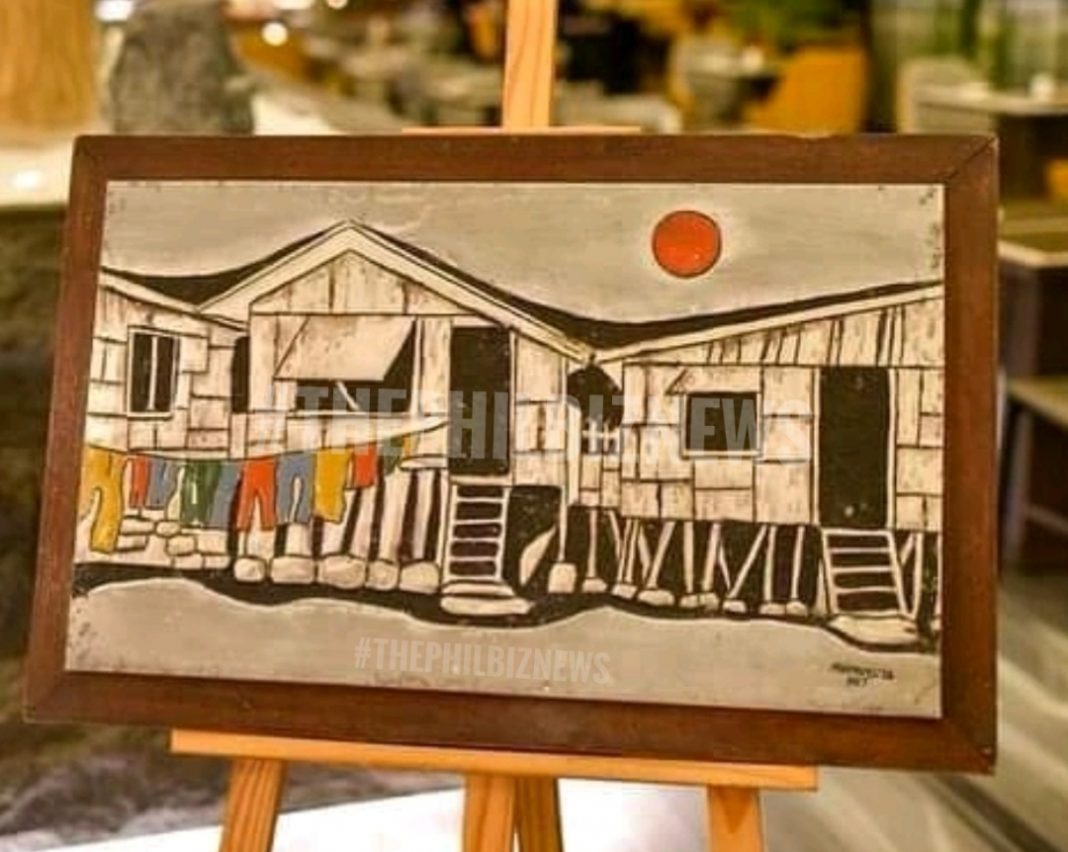Despite the burgeoning art scene in the Philippines, most artists are not aware of the resale right provided by law. The resale right (also known as droit de suite in French) is the legal right of artists or their heirs to receive a royalty from the resale of their work. This concept is based on equity, that is artists have a right to be compensated for the increase in the value of their works. The resale right allows the artist to reap the fruits of their labor.
To address this situation, a number of the country’s most esteemed contemporary artists and the heirs of the most important figures in Philippine art history are banding together to establish a collective management organization (CMO) for visual artists for the accreditation of the Intellectual Property Office of the Philippines (IPOPHL).
Supporters of the move, who will make up the pioneering members of the CMO will include the heirs of Vicente Manansala, Federico Aguilar Alcuaz, Jerry Elizalde Navarro, Alfredo Carmelo, Abdulmari Asia Imao, Dominador Castañeda and Larry Alcala; Fundacion Sanso, which preserves the works of Juvenal Sanso; and multi-awarded artists Ramon Orlina and Michael Cacnio.
Ramon Orlina, dubbed the “Father of Philippine Glass Sculpture” who is leading the charge, said the CMO will actively enforce the protection of visual artists’ intellectual property (IP) rights, including their resale rights, which he said art auction houses have been slow to recognize and certainly the art galleries have barely acknowledged.
Section 200 of the IP Code provides:
“Sale or Lease of Work. In every sale or lease of an original work of painting or sculpture or of the original manuscript of a writer or composer, subsequent to the first disposition thereof by the author, the author or his heirs shall have an inalienable right to participate in the gross proceeds of the sale or lease to the extent of five percent (5%). This right shall exist during the lifetime of the author and for fifty (50)years after his death.”
Orlina recalled a seminar conducted by the Goethe Institute which he attended when he was president of the Art Association of the Philippines Foundation (AAP) in the 1990s. The seminar showcased the successful operations of collecting societies in Germany, a vision Orlina had wanted for Filipino visual artists ever since. However, back then, the local law was only a Presidential Decree which meant there were no clear implementing guidelines. With the rules and regulations now in place, Orlina recently succeeded in prodding one auction house to give him his rightful due—this, after presenting robust documentary proof that his works at the auction had been registered with IPOPHL.
“In total, three of my works were resold on an online auction, and I was able to get a portion of the sale that I deserved as mandated by law. When I told this to other artists, everyone was surprised because no one had taken the initiative to register their artworks with IPOPHL or successfully negotiated for their resale rights. It is a foreign concept for most artists and even those who know of the legal provisions and the IRR have not tried to register,” said Orlina, whom the IPOPHL recently named as the 2024 Gawad Yamang Isip Awardee for Visual Arts for his contribution to promoting copyright protection and supporting visual artists.
Orlina said the CMO to be put up will ensure artists’ resale rights are “protected, respected, collected and distributed”
Abdulmari “Toym” Imao, Jr., son of Imao, said the establishment of a CMO “is long overdue” and has deprived artists of several opportunities to thrive in their craft had they been aware of the full suite of their rights.
“This huge gap in awareness leaves our artists vulnerable and makes them a prey to exploitation and abusive business practices in relation to copyright,” Imao said, enjoining other artists to be part of the initiative by signing up as members once the collecting group is formed.
Ricky Francisco, director at the Fundacion Sanso, said the collecting group will work to educate artists of their rights, as well as the public.
“In our current environment, auction houses and other institutions who benefit from artists’ works think they will lose profit when they pay the artists. This is not true because it’s not their profit to begin with. It’s the inalienable right of artists for their hard work in perfecting their craft and besides the resale rights is paid by the seller of the artwork. The auction houses and galleries are intermediaries to collect for the artists” Francisco added.
A CMO is designated by a society of artists to collectively manage their economic rights and may also enforce administered rights under the Intellectual Property Code on behalf of its members. To do so, they shall first secure the necessary accreditation from IPOPHL. To date, there is no CMO registered with IPOPHL to serve visual artists and sculptors.
Orlina and other supporting artists are halfway through in complying with the documentary requirements for accreditation. They hope to be an IPOPHL-accredited CMO before the end of 2024.














